1. Introduction
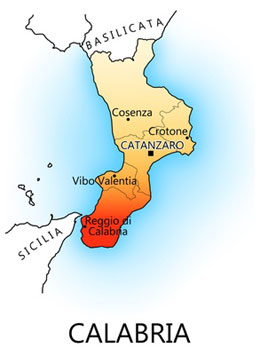 The region of Calabria is located south of Naples, at the “toe” of the Italian peninsula. Founded as a Greek colony, it was taken by the Romans in 268 B.C. and by the Byzantine Empire in the ninth century A.D. Crotone and Epizephyrian Locris (Locri Epizephyrii) were important centers.
The region of Calabria is located south of Naples, at the “toe” of the Italian peninsula. Founded as a Greek colony, it was taken by the Romans in 268 B.C. and by the Byzantine Empire in the ninth century A.D. Crotone and Epizephyrian Locris (Locri Epizephyrii) were important centers.
The many populations that colonized the region before the Bronze Age and in more recent times, referred to this region with different names: Enotria (land of wine), Opicia (land of the abundance), Ausonia (the land colonized by the Ausoni), Tauronia (land of the cattle). It was also called Brezia (the land of the Bretti), by the Oscan speaking population that occupied the central part of Italy.
The present name refers to the Byzantine duchy of Calabria, a toponym deriving either from the Greek calos meaning beautiful and bryon meaning moss or vegetation, that is abundance of rural land with flora; or from the archaic Latin word cala meaning rocks or peaks, thus (the land of) mountains.
The region offers unspoiled countryside and sandy beaches, as well as historic centers.
2. Calabria in 10 Photos
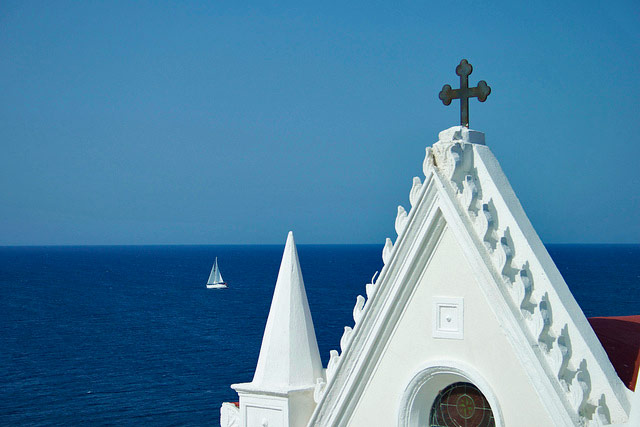
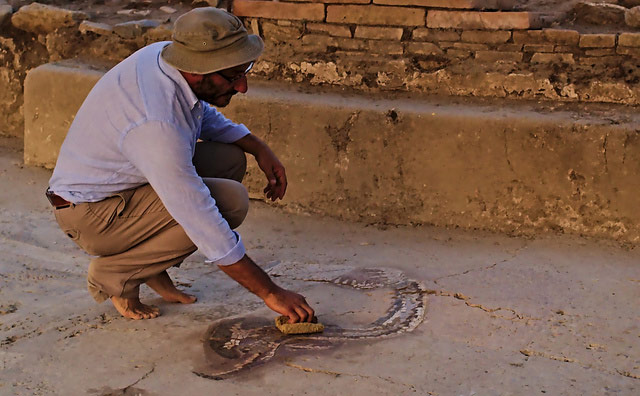
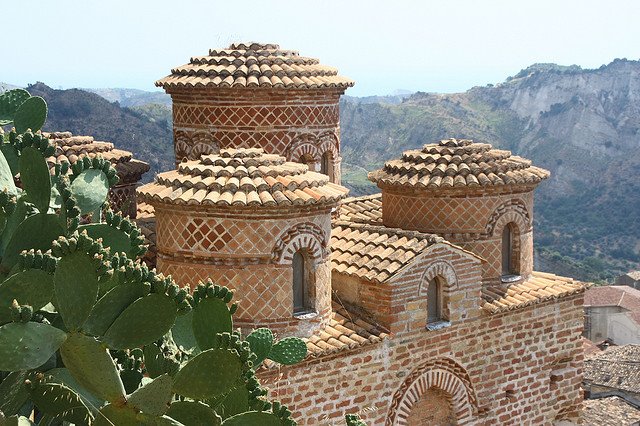
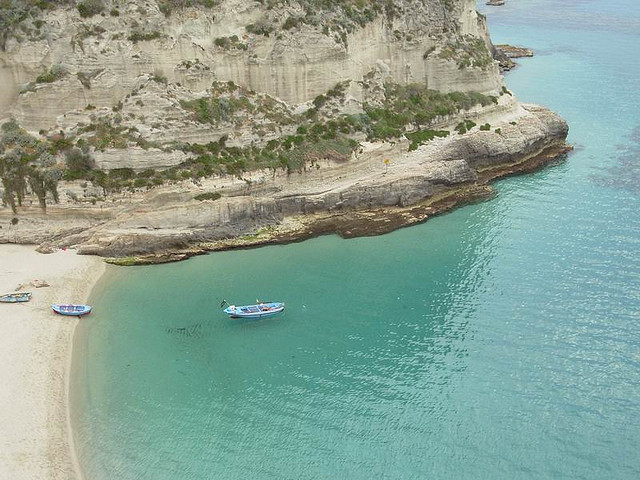
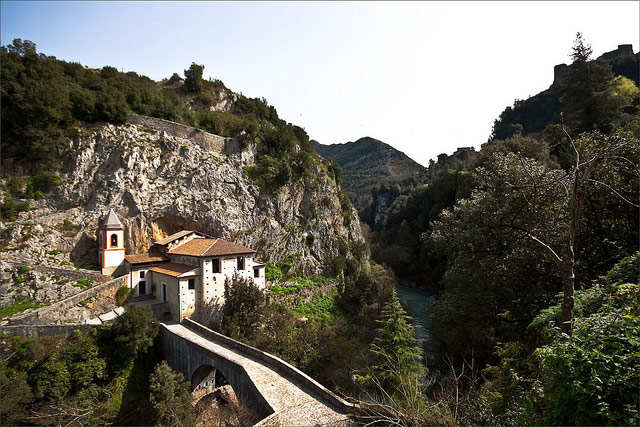
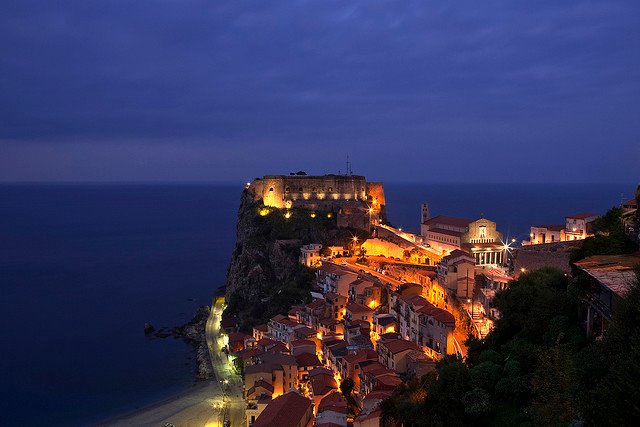
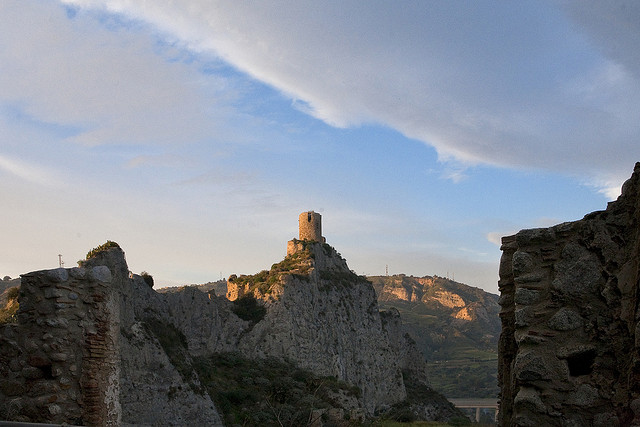
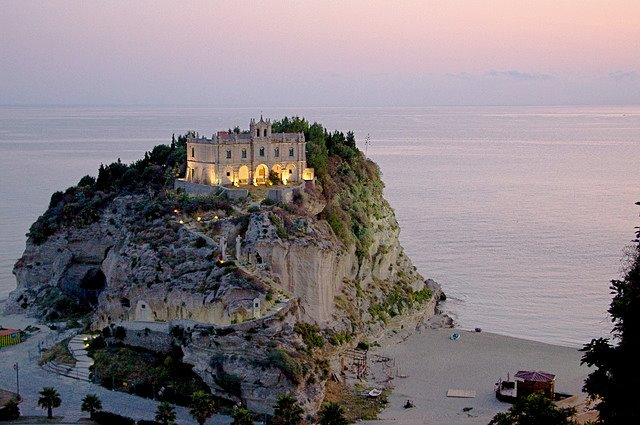
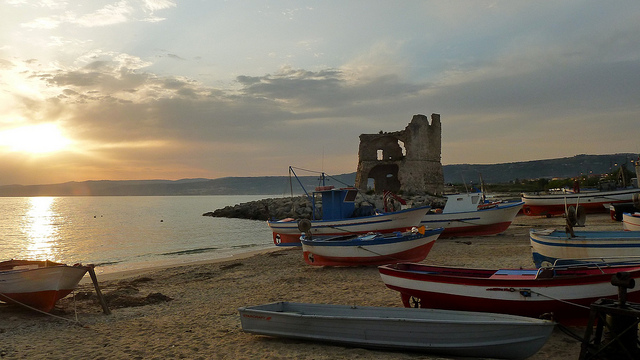
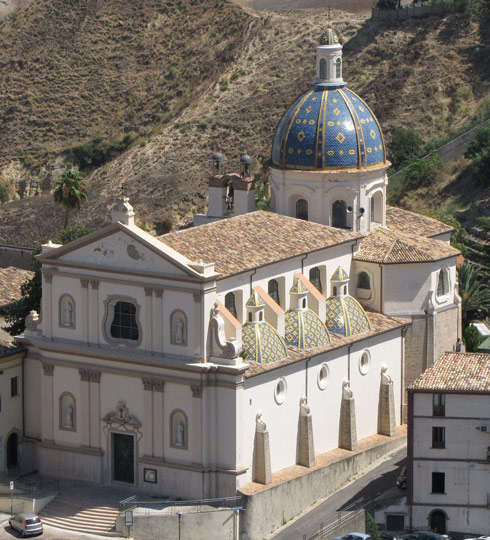
3. Planning your trip to Calabria
Top Cities in Calabria
(in alphabetical order)
Reggio Calabria
Cosenza
Catanzaro
Crotone
Vibo Valencia
Other Sights to visit in Calabria
(in alphabetical order)
Papasidero: the Sanctuary of Constantinople (built in 1000) and the Romito Cave, which houses prehistoric paintings proving that Calabria was already inhabited at least 20,000 years ago.
Caulonia (also spelled Kaulon): ruins of the ancient city of the Magna Grecia, near Monasterace in the Province of Reggio Calabria.
Pentedatillo, a ghost town located on five strange rock pinnacles
Chianalea di Scilla
Riviera dei Cedri
Roccella Ionica
Tropea Isola Bella: a charming village with wonderful white sand beaches and a lot of history
Coast and Beaches of Calabria
The coastline of Calabra stretches 800km, most of which includes beautiful sandy beaches, some of them protected by cliffs.
Santa Severina
Gambarie
Pollino National Park
Stilo
Scalea
4. Useful info
Climate
The Calabrian climate is distinctly Mediterranean. Near the coast the climate is very hot and dry throughout most of the year. The Ionian coast is warmer and dryer than the Tyrrenean coast, actually it is the hottest area on the peninsula. Heading inland towards the Sila mountains one will find harsher and colder winters and various micro-climates throughout the year that prompt a great diversity of vegetation. Maximum spring temperatures in March – May range from 17° to 24° C. In June – August maximum temperatures can go as high as 41° C, which is why the siesta was invented. Autumn is much the same as spring. In winter temperature will rarely dip lower than 15° C in January and February.
Provinces
Calabria counts 5 provinces: Catanzaro, Vibo Valentina, Cosenza, Crotone and Reggio di Calabria.

5. Etymology of the name Calabria
The many populations that colonized the region before the Bronze Age and in more recent times, referred to this region with different names:
Enotria (land of wine), Opicia (land of the abundance), Ausonia (the land colonized by the Ausoni), Tauronia (land of the cattle).
It was also called Brezia (the land of the Bretti), by the Oscan speaking population that occupied the central part of Italy.
The present name refers to the Byzantine duchy of Calabria, a toponym deriving either from the Greek “calos” meaning beautiful and bryon meaning moss or vegetation, that is abundance of rural land with flora; or from the archaic Latin word “cala” meaning rocks or peaks, thus (the land of) mountains.
6. Famous people from Calabria
The philosopher and natural scientist, Bernardino Telesio, founder of the Cosentian Academy.
The philosopher and astrologer, Tommaso Campanella, author of the City of the Sun, a utopian description of an ideal state. He defended Galileo Galilei in his first trial with his work The Defense of Galileo.
Photo credits (top to bottom): Capo Colonna by Giuditta; archaeologist by Giuseppe Martino; Cattolica di Stilo; Sanctuary of Constantinople by Giuseppe Quattrone; Vibo Valentino by Mareluna; Ruffo Castle Scilla by candido33; Castel of Roccella Ionica by candido33; Tropea by mcmamauri; Briatico mcmamauri; Saint Anthony Church by AndreaL77.
